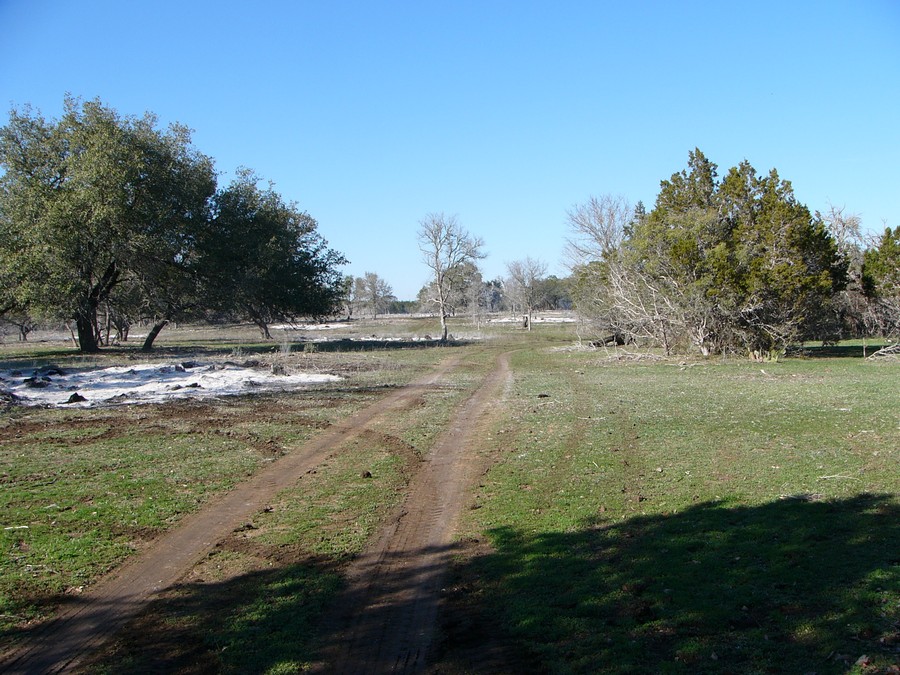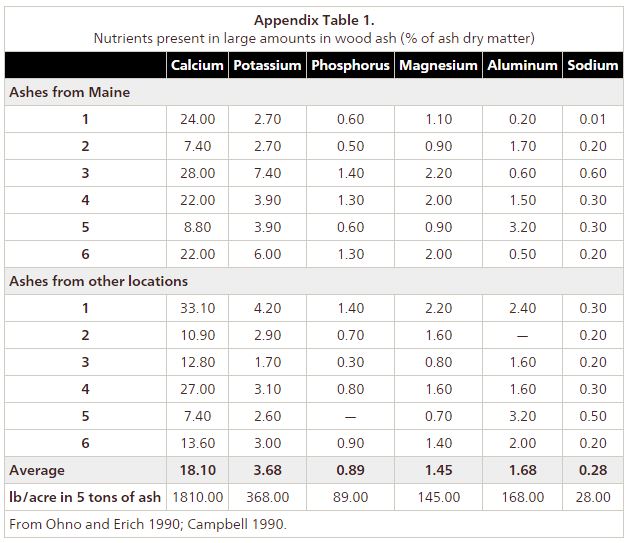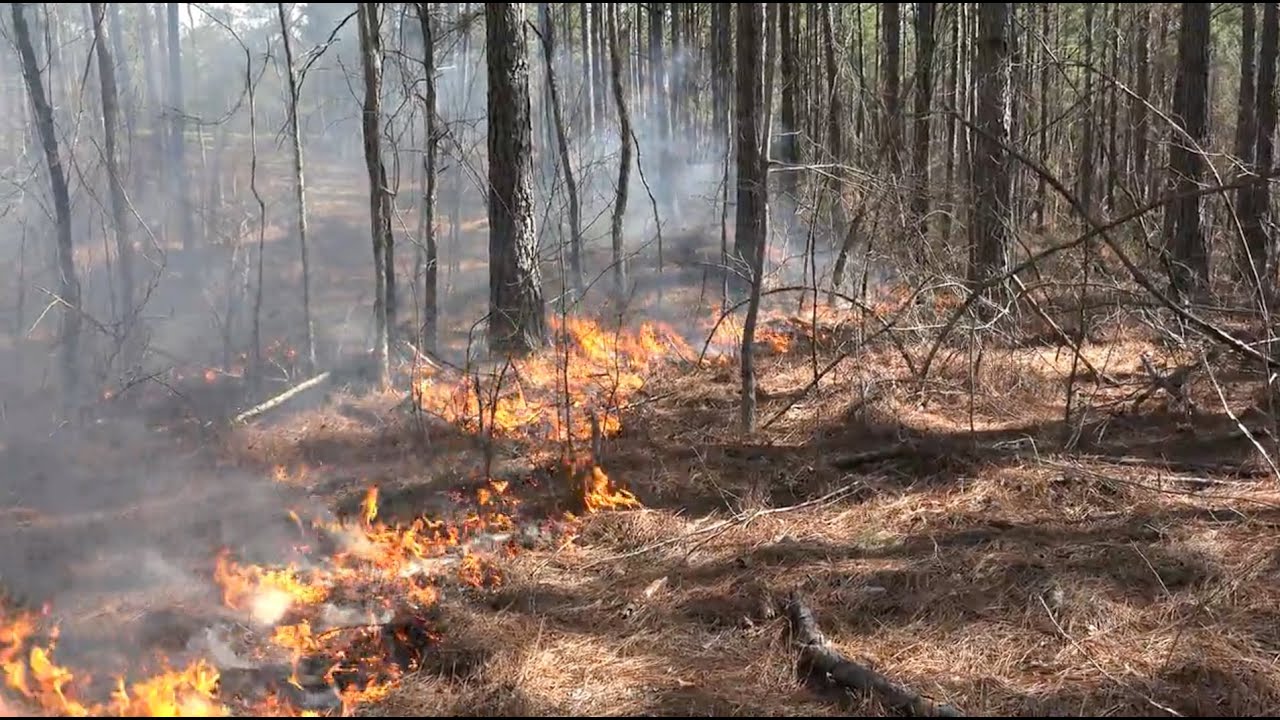Deer in My Burn Pile
Question: “I have a few burn piles on my property in Hardin County – Lumberton, Texas. I have 12 whitetail does and bucks coming on my property to feed every day and night. Sometimes after I burn a pile of brush the deer will eat the ash and graze on burned limbs. It happens all year round. Why is that?”
Deer Diet
A deer’s diet varies from place to place. We generally know what white-tailed deer eat, but deer must use the resources at their disposal to meet their dietary needs. It will help to add context to the environment where these deer are found, and help address the question about deer eating ashes, if we look a little closer at deep Southeast Texas.
The property is located in what is referred to as the Flatwoods area of the state. This area includes about 2.5 million acres of woodland in humid Southeast Texas just north of the Coast Prairie and extending into Louisiana. The landscape is level to gently undulating. Surface drainage is slow. It’s actually fairly similar to the woodlands that can be found all the way to the east coast of the US.

Upland soils are mostly deep, light-colored, acid loams with gray, loamy, or clayey subsoils. Bottomland soils are deep, dark-colored, acid clays and loams. The water table is near the surface at least part of the year. Plenty of rainfall.
White-tailed deer in this environment should have a diversity of foods in their diet, but they likely are coming up short on micro-nutrients. High annual precipitation and acidic soils leads to leaching and low levels of micro-nutrients, minerals in the soil. The deer are eating ash to supplement this deficiency in diet. So what might they be looking for?
Composition of Wood Ash
Let’s first take a closer look at wood ash. Identifying what makes up wood ash will help determine what deer in the area, as well as the southeastern part of the whitetail’s range, are seeking when deer eat ashes from a burn pile. Let’s assume these burn piles contain both ash powder as well as charcoal chunks.
Source: “Much wood ash contains calcium carbonate as its major component, representing 25 or even 45 percent. Less than 10 percent is potash, and less than 1 percent phosphate; there are trace elements of iron, manganese, zinc, copper and some heavy metals. However, these numbers vary, as combustion temperature is an important variable in determining wood ash composition. All of these are, primarily, in the form of oxides.”
In short, calcium is the most abundant nutrient/mineral in wood ash, averaging almost 20 percent by weight. Wood ash is about 4 percent potassium, and less than 2 percent phosphorus, magnesium, aluminum and sodium. The chart below illustrates the mineral composition of ash from several sites.

Minerals, Deer & Ash
Calcium, potassium, phosphorus, magnesium and sodium are important for deer. Calcium and potassium are most likely what deer are targeting when they eat wood ash, although a case could also be made for sodium. Salt is often used as a deer attractant for one good reason, it works.
Like us, white-tailed deer need calcium. It’s required for contracting muscles, forming and strengthening bones, conducting nerve impulses throughout the body, blood clotting, maintaining a normal heartbeat, and a number of other important processes. Calcium is delivered by lactating does to their fawns, and calcium comprises about 20 percent of a buck’s hardened antlers. Calcium is stored in bones and teeth.
Potassium functions as mineral and an electrolyte in deer and it has many significant functions, such as maintaining a normal water balance between cells and body fluids, contracting muscles, aiding in nerve signals and it’s found in bone material, but potassium is quite available in the environment. Deer should have plenty of uptake in their normal diet.
The phosphorus levels in wood ash are similar to the levels found in pelleted feeds to supplement the diets of deer. Magnesium levels are much higher than commercially available feeds, but minerals do not typically taste good to animals. Mineral block manufacturers add salt to encourage use by animals.
Except for areas adjacent a coastline, most properties are devoid of sodium that is readily available for deer. This is especially true of areas that have high annual rainfall, like the Southeastern US. Wood ash is comprised of only a small amount of sodium, but salt is highly sought by deer and it’s necessary for normal bodily functions. But is there enough salt in wood ash to move the needle? Maybe. All deer need it, and believe it or not, sodium does comprise about one-half of one percent of a buck’s hardened antlers.

So Why do Deer Eat Ashes?
Deer are consuming wood ash because it contains something that they need or like, either minerals or salt or both. The most plausible reasons are deer are seeking calcium and possibly salt, but some of the other minerals found in wood ash are micro-nutrients that are also important for deer. This case is relevant to other parts of the whitetail’s (inland) range where leaching is high and mineral (and salt) availability are low due to acidic soils and abundant rainfall.
Interesting enough, wood ash can also help with indigestion (calcium neutralizes stomach acids) and serve as a laxative in animals. It’s safe to assume that these ailments are not the cause for why deer are eating ashes from a burn pile, but this factoid may come in handy next time you eat your buddy’s cooking at deer camp.